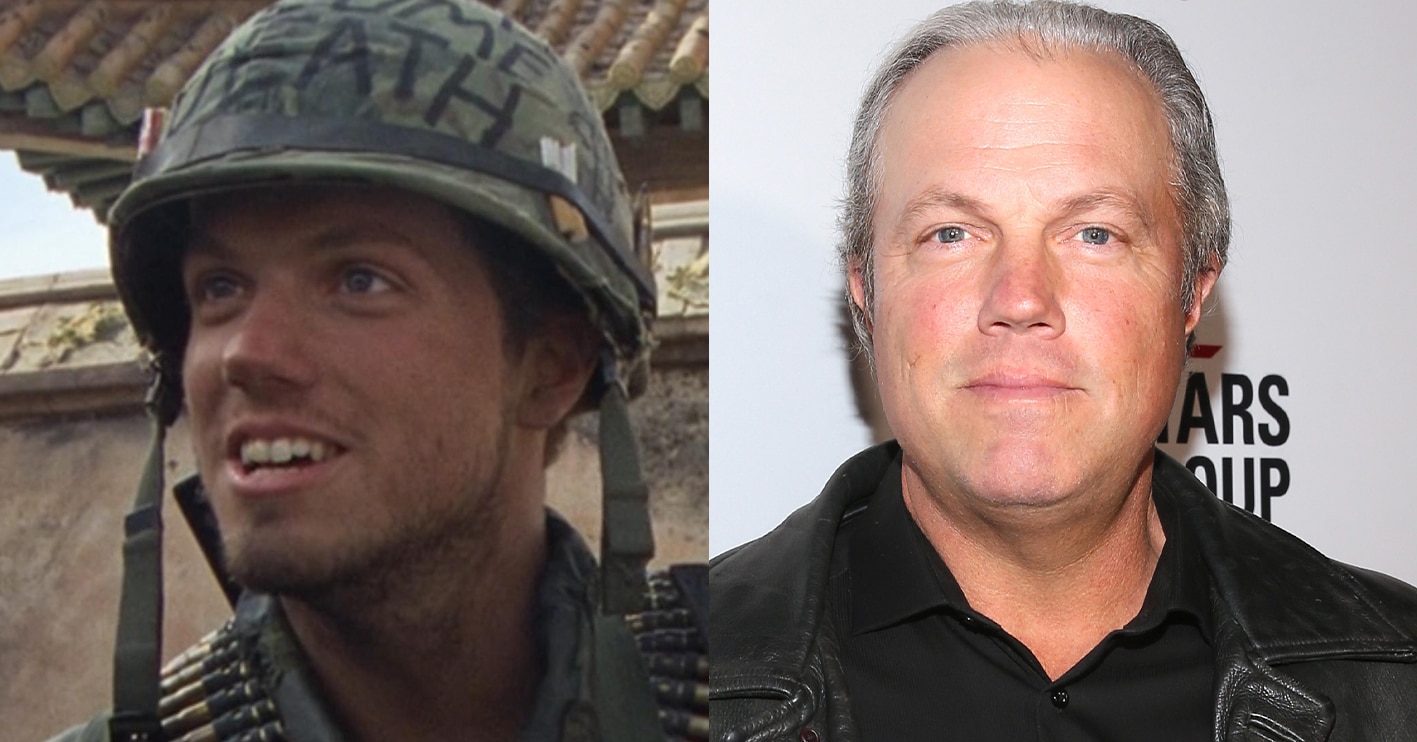Full Metal Jacket is just one among a slew of movies made about the Vietnam war, but it has a particular edge: it’s the work of Stanley Kubrick, one of the most acclaimed, singular and infamously perfectionistic film directors in Hollywood history. On release in 1987, Kubrick’s film caused a major stir, and it’s now widely regarded a classic in its field.
Still, there’s a lot you might not have known about Kubrick’s tragic and darkly hilarious Vietnam movie, and we’re counting down 30 facts that might catch you off guard.
30. R. Lee Ermey really was a drill sergeant
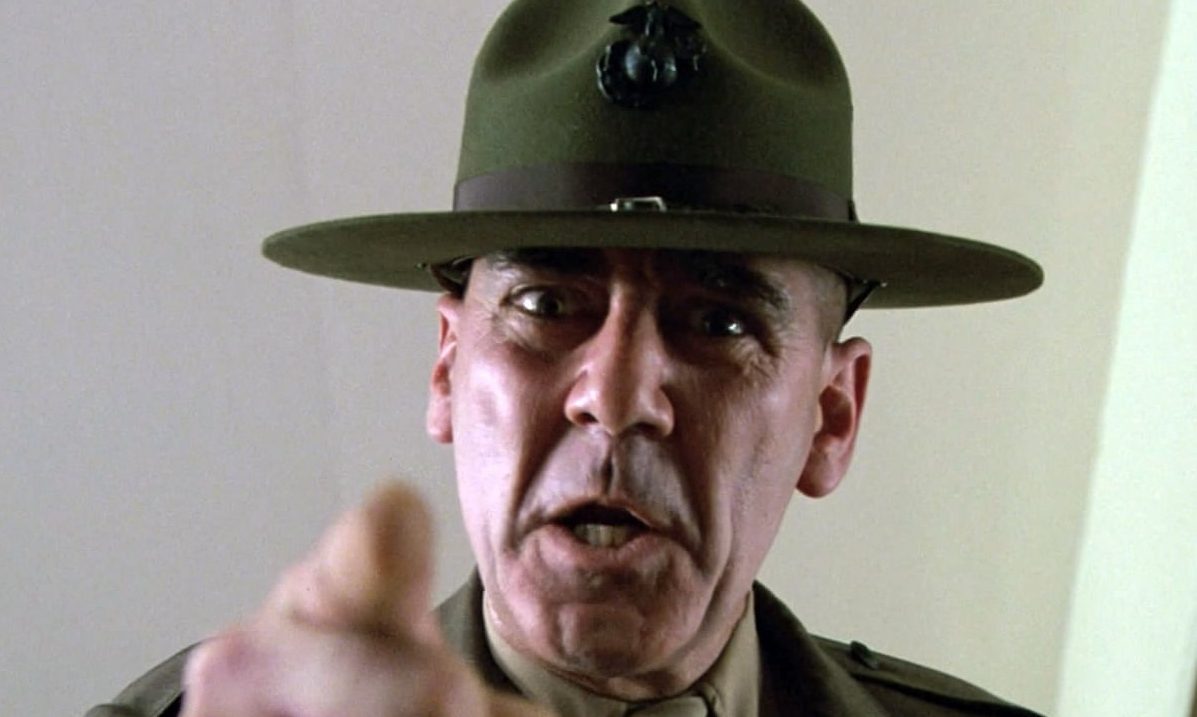
From start to finish, Full Metal Jacket is about as realistic a war movie as you can get. With that said, there’s one character that feels almost like a caricature: Gunnery Sergeant Hartman, the relentless drill instructor who spends the first half of the movie psychologically tormenting his new recruits with an endless stream of with creative insults and constant threats of violence.
Despite the character seeming as over the top as possible, everything about him was actually accurate, since the actor, R. Lee Ermey, had been a drill sergeant himself after serving in the Vietnam war.
29. Ermey was originally just meant to be a technical advisor
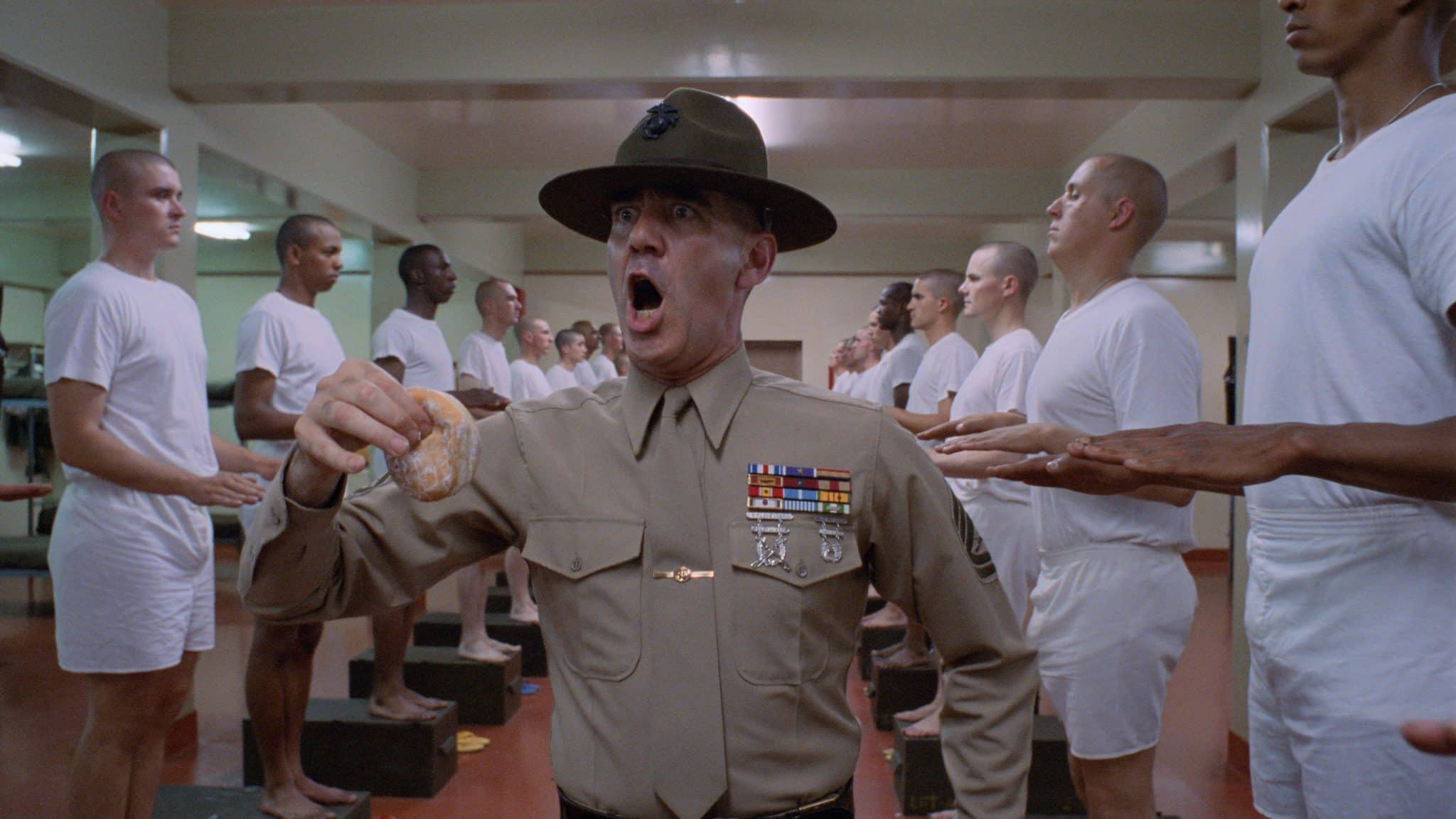
Although R. Lee Ermey already had some acting experience (notably having already played a drill instructor in 1984’s Purple Hearts), he wasn’t originally meant to play Gunnery Sergeant Hartman. He was actually hired to work on the film as a technical advisor. However, as soon as he learned more about the part he knew no-one could bring it to life better than he could, and he was determined to make it happen.
To this end, Hartman filmed a 15-minute audition tape in which he improvised one long continuous string of insults and yelled it into the camera. All the while, someone behind the camera threw oranges and tennis balls at him while he talked, while barely blinking, just to make sure they knew how committed he was to the part.
28. Ermey wrote his own lines
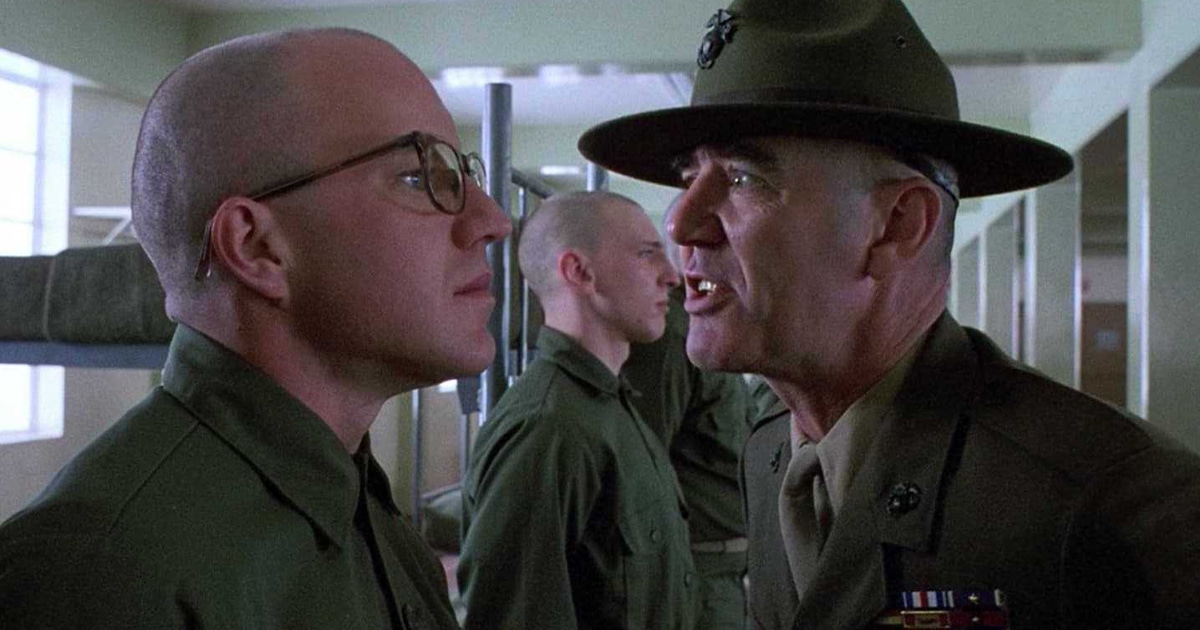
The story goes that when Ermey originally asked Kubrick if he could play Hartman, the director said no. Ermey then yelled at him to stand up when someone was talking to him. And, wouldn’t you know it, Kubrick instinctively stood up. This gave Kubrick enough respect for Ermey to allow him to write his own lines, since he knew that in the end that would lead to more authentic dialogue.
Ermey in response wrote pages and pages of brutal but hilarious insults, and improvised many of his responses to the characters by pulling on his experience as a drill sergeant. In the end, over half of his dialogue in the movie was his own creation.
27. ‘Vietnam’ was actually London
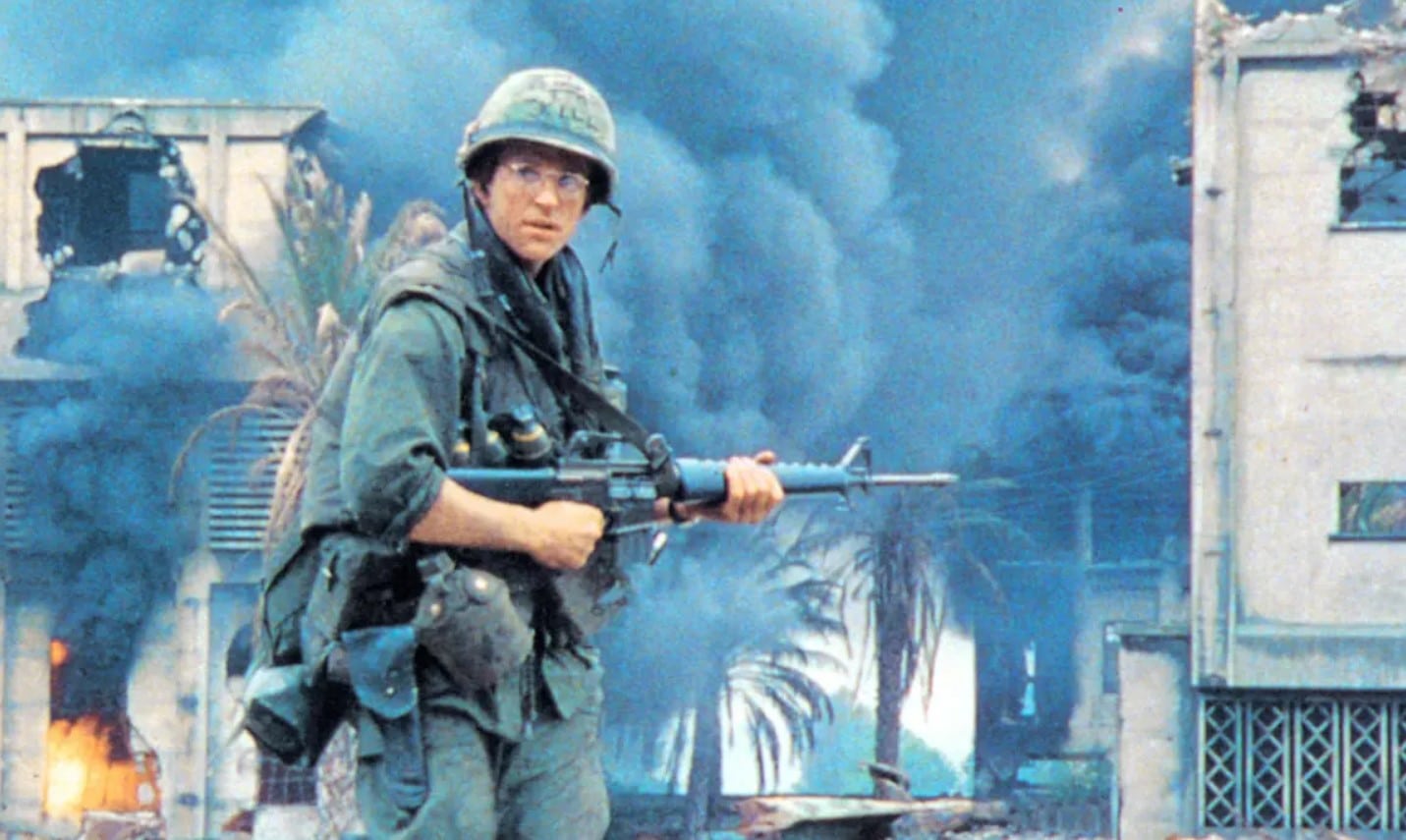
While Stanley Kubrick was born in the US and began his career there, in the 70s he relocated to the United Kingdom. Due to a terrible fear of flying, the director was extremely reluctant to ever leave the shores where he made his home – hence he chose to shoot the film entirely in Britain.
This wasn’t a problem for the early scenes set in the military training camp, but presented more of a challenge for the latter half of the film which is of course set in Vietnam. The filmmakers found a disused London power station was used to create war-torn streets of the South East Asian country, modelled closely on photos from the war.
26. Vincent D’Onofrio’s weight gain was record-breaking
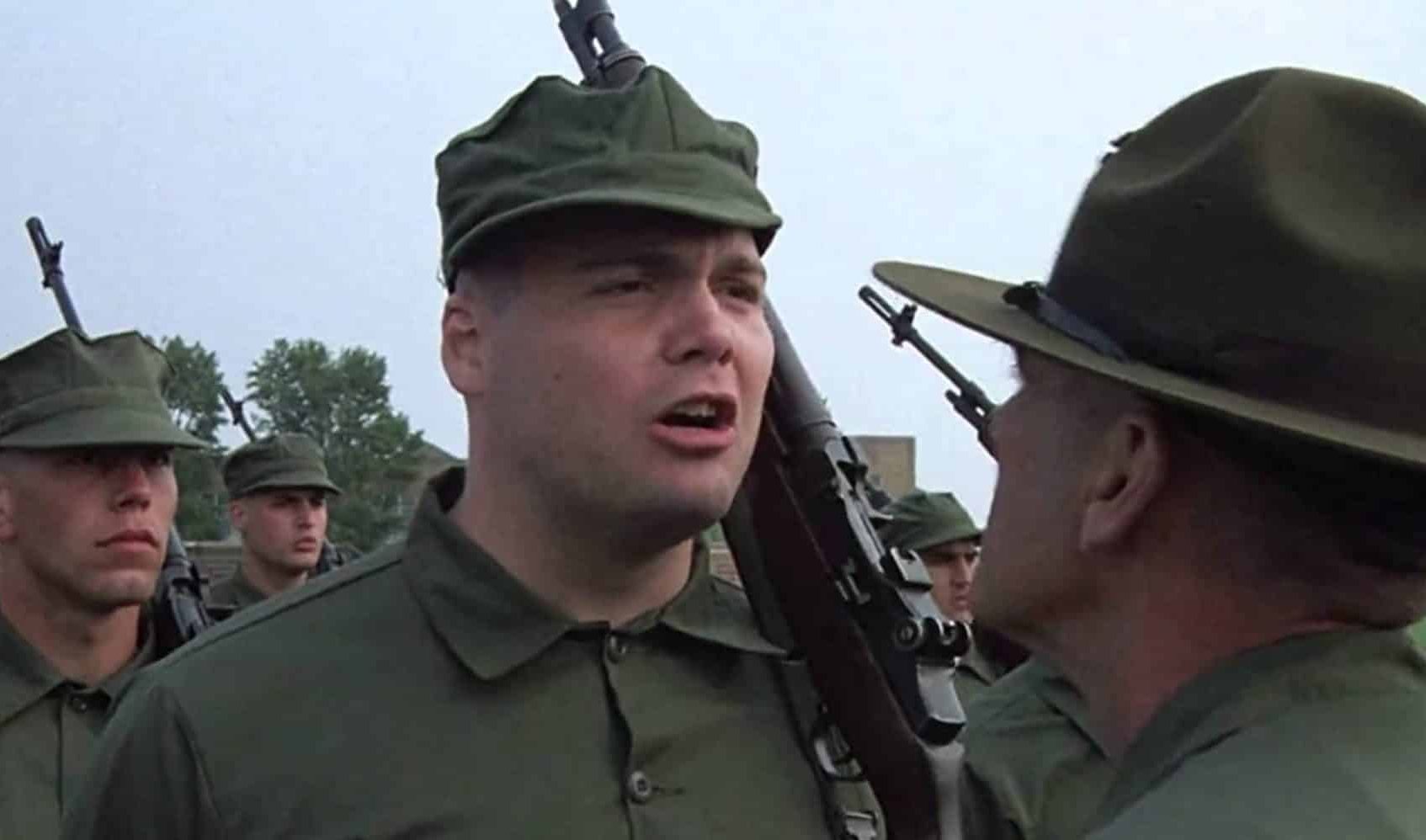
Private Gomer Pyle is an indispensable part of Full Metal Jacket, but the actor who played him had to undergo quite a transformation to bring him to life. Vincent D’Onofrio was determined to get the part he packed on over 70 pounds of weight over the course of just a few months.
D’Onofrio’s huge change in weight is the world record for method-acting related weight gain, and broke the 60-pound record held by Robert De Niro to star in Raging Bull. After filming eventually concluded, it took D’Onofrio nine months to return to his normal weight; he was remarkably trim and buff for his next role in Adventures in Babysitting.
25. Joker’s real name is an homage to a real soldier

For most of Full Metal Jacket, we only know Matthew Modine’s protagonist as ‘Joker’, a wise-cracking recruit who becomes a war journalist, and only has to experience the reality of combat near the end of the movie. However, those paying attention to Joker’s training uniform will know that his actual name is JT Davis.
This isn’t just a random name the character was given: it’s actually a tribute to James T. Davis, a real-life American soldier who was the first American casualty to be acknowledged by the US government, essentially marking the start of the Vietnam war.
24. Norfolk farmers thought they were really under attack during one war scene
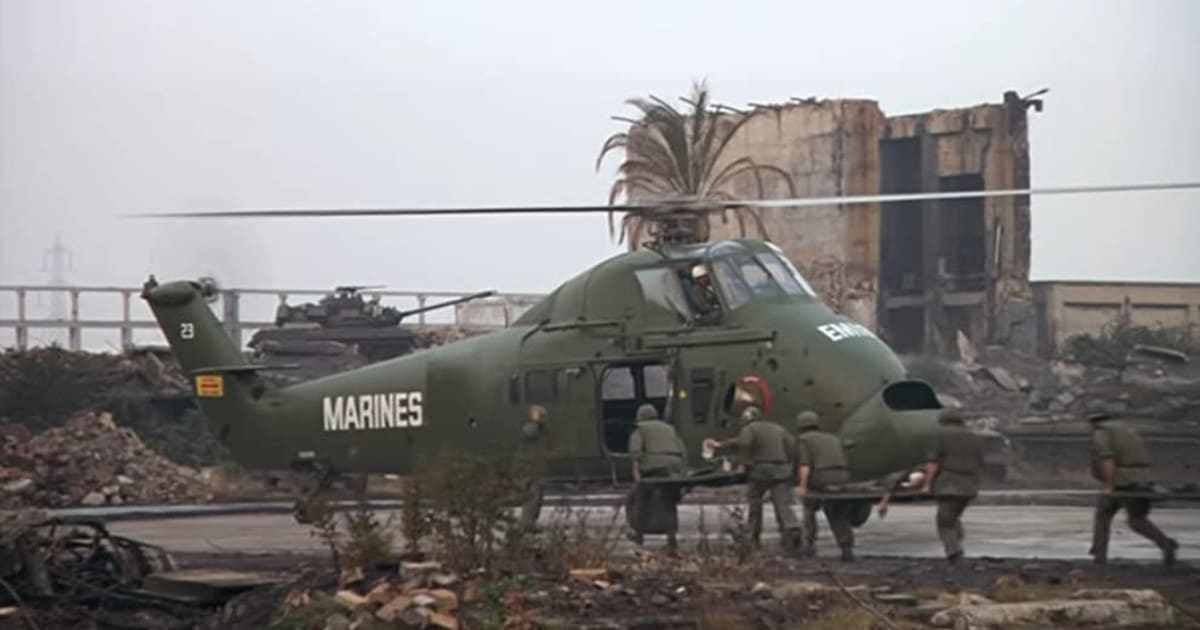
Shooting a Vietnam war movie in the English countryside caused some problems, particularly when it came to shooting a scene in which a helicopter had to fly low over a Norfolk canal while a machine gun fired blanks out of it. The local police were told, and they in turn were supposed to tell the fishermen and farmers in the area.
Unfortunately, it seems that the local authorities didn’t manage to get the massage out to everyone in the area. The residents of some local farms were awoken by the sound of machine gun fire and helicopter blades, and feared they were genuinely under attack.
23. A song that sampled the film was deemed legally obscene

Model and actress Papillion Soo Soo makes a brief but very memorable appearance in Full Metal Jacket as a Vietnamese sex worker. Her scene became iconic, and took on a whole new life outside of the film. In particular, notorious rap act 2 Live Crew sampled her dialogue in their song Me So Horny.
This track was included on 2 Live Crew’s 1989 album As Nasty As They Wanna Be, which proved extremely controversial due to its lewd content, leading to it being declared legally obscene and banned from sale in Florida (although this was later overturned). Another raunchy rap track to sample Papillion Soo Soo’s lines was Sir Mix-A-Lot’s Baby’s Got Back.
22. Filming was once cancelled for a whole day after Kubrick discovered a dead family of rabbits
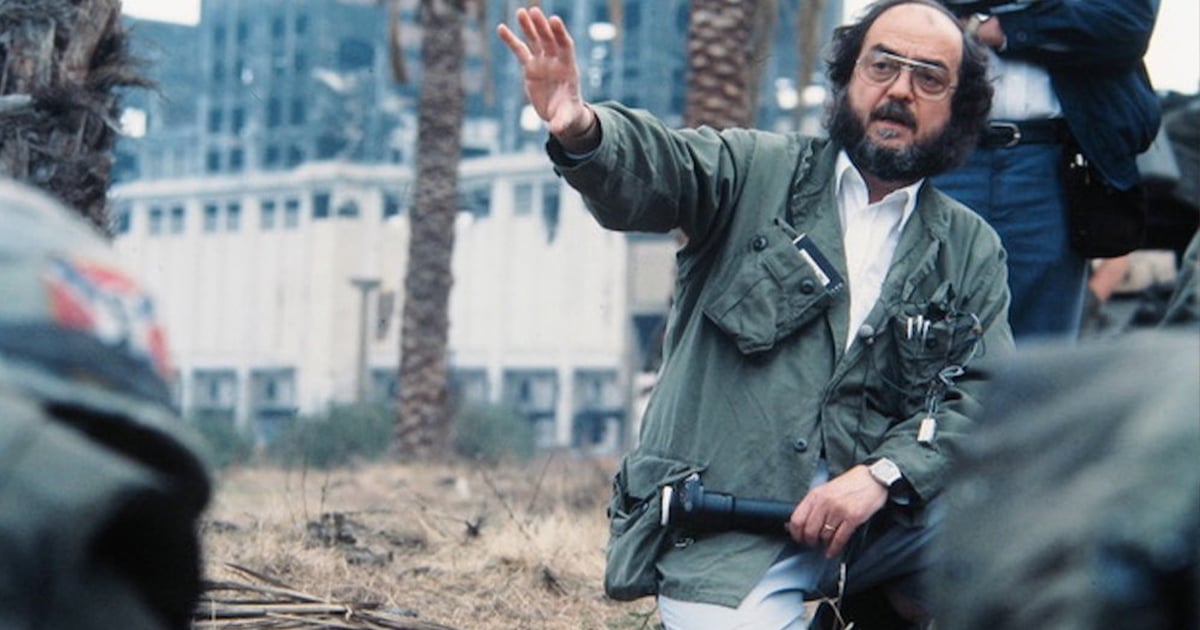
Stanley Kubrick was infamous for his perfectionistic approach to filmmaking, routinely shooting hundreds of takes of even the simplest scenes – meaning his shoots could go on for many months longer than a regular movie. As a result of this intense working environment, emotions could often run high, not just for the cast and crew but for the director as well.
One little thing could tip things into misery pretty quickly – such as the day when Kubrick discovered a family of wild rabbits had died as a result of the scene he had been shooting. The director was so upset, he cancelled work for the rest of the day and ordered everyone to go home.
21. The actors were treated like real marines throughout filming
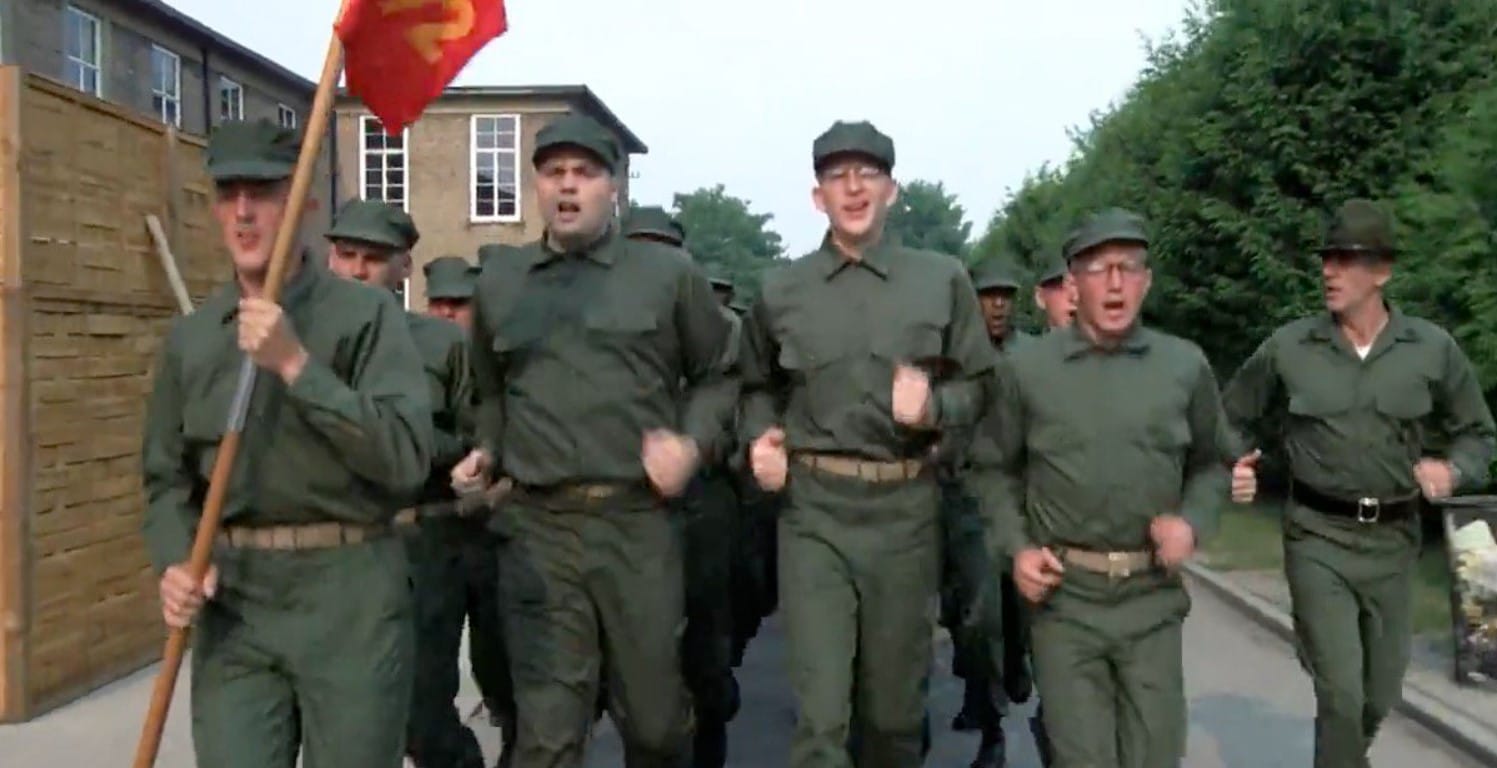
Because of Kubrick’s hardline approach, the young actors playing trainee marines in Full Metal Jacket got something very close to actual military experience. They really performed all the drills we see them do over and over, they shaved their heads regularly, and they were yelled at by R. Lee Ermey for up to ten hours a day, even when he wasn’t technically in character as the Sergeant Hartman.
Many actors on set tried to make the experience more real for themselves too, by keeping diaries of their experiences just as the soldiers would have done. Matthew Modine would eventually publish his on-set diary in 2005.
20. Special cameras were invented just for the film

Stanley Kubrick was no stranger to innovating in the art of filmmaking, and Full Metal Jacket is no exception. Not only did Kubrick employ ground-breaking set design and visual style, but his obsession over detail went right down to the cameras themselves.
By using extreme wide angle lenses, Kubrick and cinematographer Douglas Milsome were able to capture extremely wide shots with everything in focus. In fact, a special lens was designed for this very purpose, and it’s employed in early portions of the film showing the recruits together.
19. The film directly inspired Saving Private Ryan
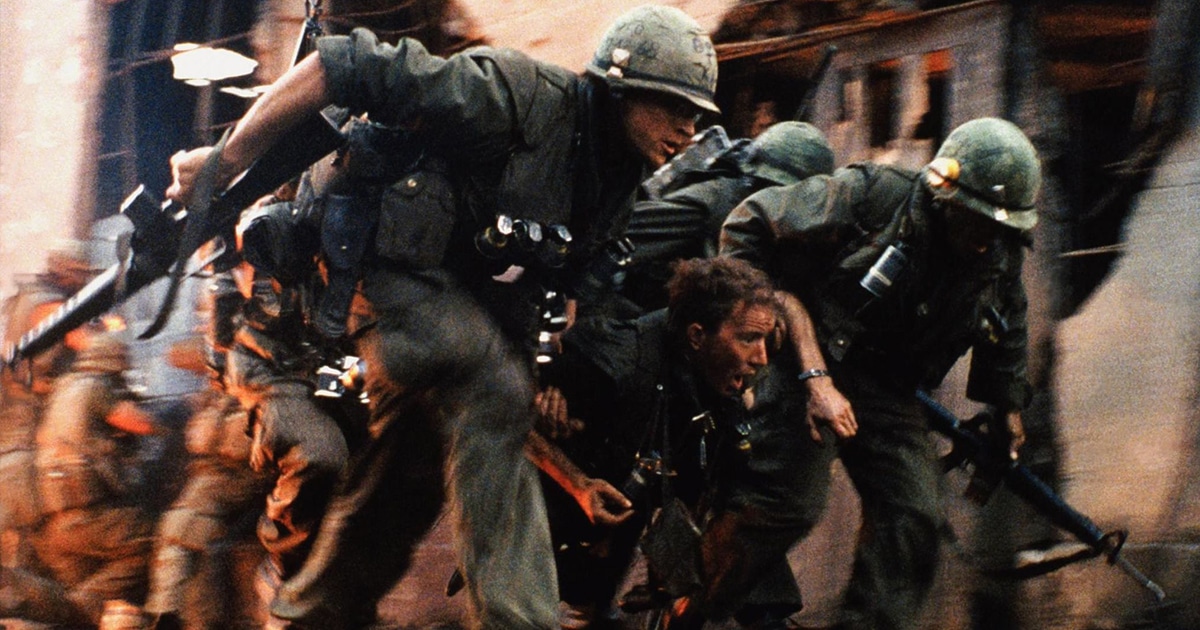
During the famously hard-hitting battle scenes of the film, Douglas Milsome used camera shutter angles that varied and were out of sync, leading to a disjointed and chaotic experience of the battlefield. This was an innovation which proved influential on later war movies.
This technique was later used by Janusz Kaminski, the director of cinematography for Steven Spielberg’s World War II films Schindler’s List and Saving Private Ryan. Kaminski won Oscars for both these films.
18. It took Matthew Modine threatening self-harm before Kubrick allowed him to leave the set

Full Metal Jacket was filmed between July 1985 and September 1986, which is an unusually long production period = and this isn’t including the months of preparation before shooting. According to Vincent D’Onofrio, it all took so long that his fellow actor Matthew Modine got married, conceived a child, the child was born, and then had its first birthday, all before filming had concluded.
In his memoir, Full Metal Jacket Diary (2005), Modine describes an altercation he had with Kubrick on set concerning these momentous events in his personal life. Alarmingly, Kubrick refused to let Modine leave the set to attend the birth of his child. It took Modine threatening to injure himself – in order to be taken off set on a medical basis – for Kubrick to reconsider.
17. Anthony Michael Hall, Denzel Washington and Ed Harris could have starred in the film
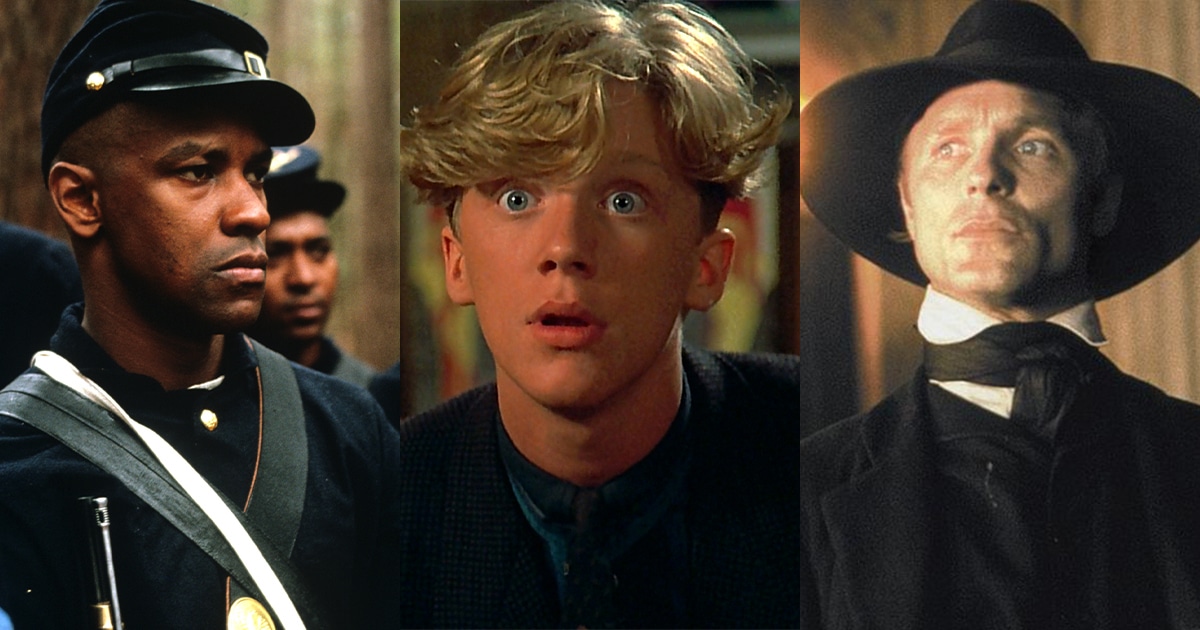
Before Matthew Modine accepted the role of Joker, another young 80s star was in line for the role: Anthony Michael Hall, veteran of John Hughes movies Sixteen Candles, The Breakfast Club and Weird Science. Hall was in negotiations for the role for eight months but ultimately backed out, reportedly because the actor wanted more money.
Two other up-and-coming stars of the time were also considered for roles in Full Metal Jacket: Denzel Washington, who declined when told Kubrick didn’t let actors see the script in advance, and Ed Harris, who said no to playing Hartman. Both actors have since admitted regretting their decision.
16. Deliverence’s Bill McKinney could have played Sgt Hartman – but Kubrick was too afraid of him
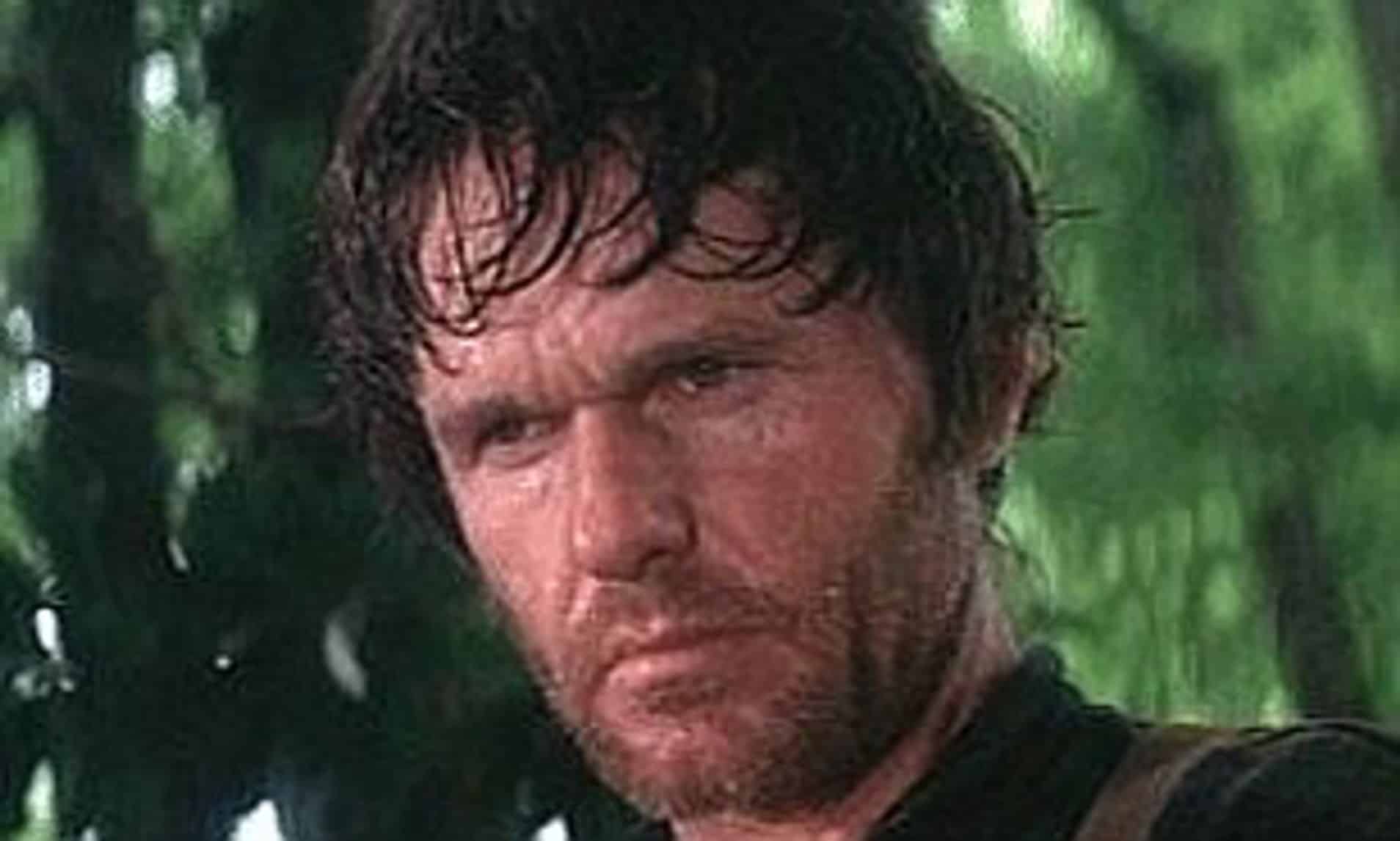
As steely as Kubrick might seem in interviews and reports from on set, apparently some things scare even him more than he’d like to admit. For one, Kubrick had been left genuinely shaken by the 1972 hit Deliverance, in particular supporting actor Bill McKinney’s turn as a brutal and sadistic woodsman.
McKinney later came close to being cast as Hartman in Full Metal Jacket, but the meeting never happened. According to McKinney’s Deliverance director John Boorman, “he got a message from Kubrick to cancel. He was paid in full but Kubrick couldn’t bear to face him – he was just too afraid!”
15. 6,000 photos from the war were used to recreate Vietnam in England

For production design, Kubrick chose Anton Furst, who would reach the pinnacle of his design fame in being the visionary behind Tim Burton’s Batman (1989). However, at the time of filming, Kubrick had been impressed by Furst’s work on The Company of Wolves (1984) and set about hiring the designer for the film’s ambitious battle scenes. However, Kubrick hardly made it easy.
Since the director had an avowed fear of flying, the Vietnam scenes had to be constructed on a set in London. Plastic trees were flown in from California, but Kubrick had them scrapped and imported 200 palm trees from Spain instead. Meanwhile, Furst trawled through 6,000 photos of the Vietnam War in order to get the right feel.
14. Tony Spiridakis had his entire role cut because of another actor’s error
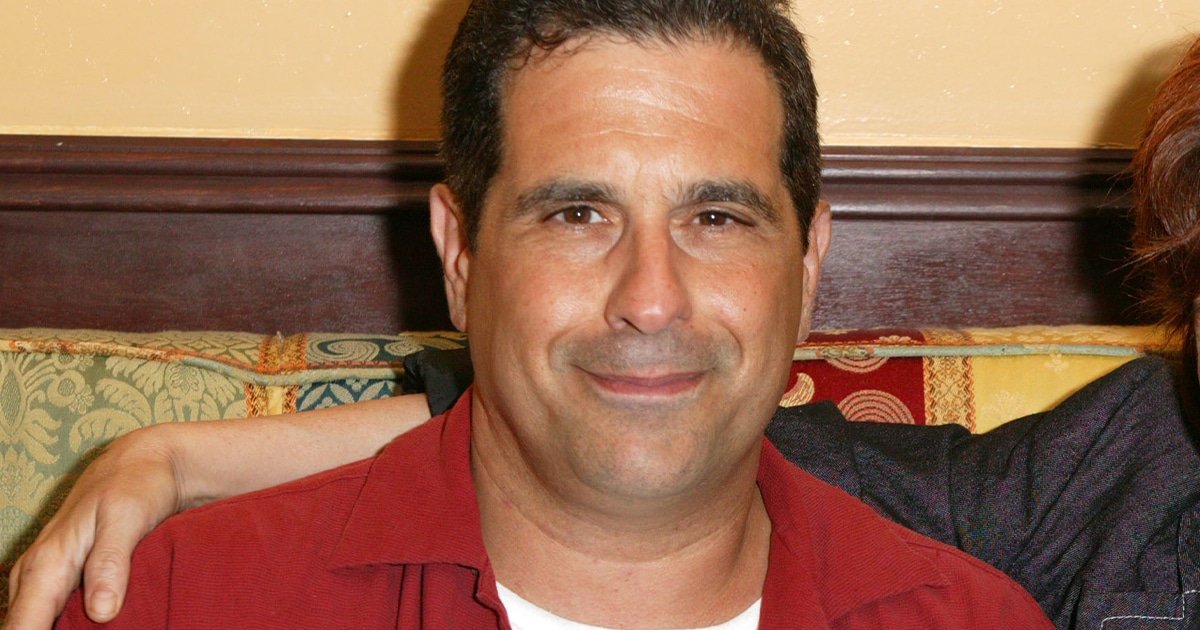
Given how antsy some actors get about having some of their lines and actions cut from the final film, spare a thought for Tony Spiridakis, who was removed entirely on one of Kubrick’s whims. Spiridakis was cast in the film as Captain January, who in fact had a major part to play in the original screenplay, with the longest continuous dialogue in the entire film.
Unfortunately for Spiridakis, Kubrick reacted negatively to the shot, claiming that the off-screen actor opposite Spiridakis had messed up the timing of the scene, and demanded the whole thing be scrapped. Kubrick then felt that the character was purposeless without this monologue scene, so he removed the entire character of Captain January from the final cut.
13. Matthew Modine had a sex scene which was cut

According to Modine, an off-hand comment to Kubrick led to an ill-fated sex scene that was also fully filmed but also completely destroyed. “‘I’m really excited about the way the film is cutting together. We have everything!’ I told him,” said Modine of Kubrick, “‘Yeah, everything but sex. We don’t have a sex scene in the movie.’”
On returning from a production break for Christmas, Modine discovered that Kubrick had written a new scene – a sex scene – in which Joker follows through on the Vietnamese sex worker’s offer. In the end, though, Kubrick felt the scene undermined the cold and heartless tone of the film, and cut it.
12. There are Mickey Mouse references everywhere

It’s one of Sergeant Hartman’s most iconic lines – apart from, of course, the major malfunction – but it might surprise you to learn that Full Metal Jacket is in fact full of “Mickey Mouse s**t.” Hartman yells this after finding Pyle out of bed at the end of the first segment, shortly before Pyle shoots the Sergeant dead then turns the gun on himself.
Later, at the end of the film, as the marines leave Huế, as it burns to the ground, they sing the theme song to the Mickey Mouse Club TV show. However, the Disney motif doesn’t just recur once. Figurines of Mickey and Minnie Mouse can be seen on the shelves in Lieutenant Lockhart’s office.
11. The author of the novel the film was adapted from snuck on to set dressed as an extra

Full Metal Jacket was based on The Short-Timers (1979), a novel by Gustav Hasford. Kubrick adapted the novel to a screenplay in conjunction with war correspondent Michael Herr, and Hasford (who Kubrick had been warned was an unpleasant man) was largely left out of it. Frustrated, Hasford and two friends dressed as extras and stole their way on to the set to review the progress of the film.
They were discovered, however, when a crew member recognised Hasford, who introduced himself as the screenwriter. Hasford would go on to lobby Kubrick and his team for his dues, and eventually received a full screenwriting credit and an Oscar nomination for his work.
10. R. Lee Ermey was banned from speaking to people on set
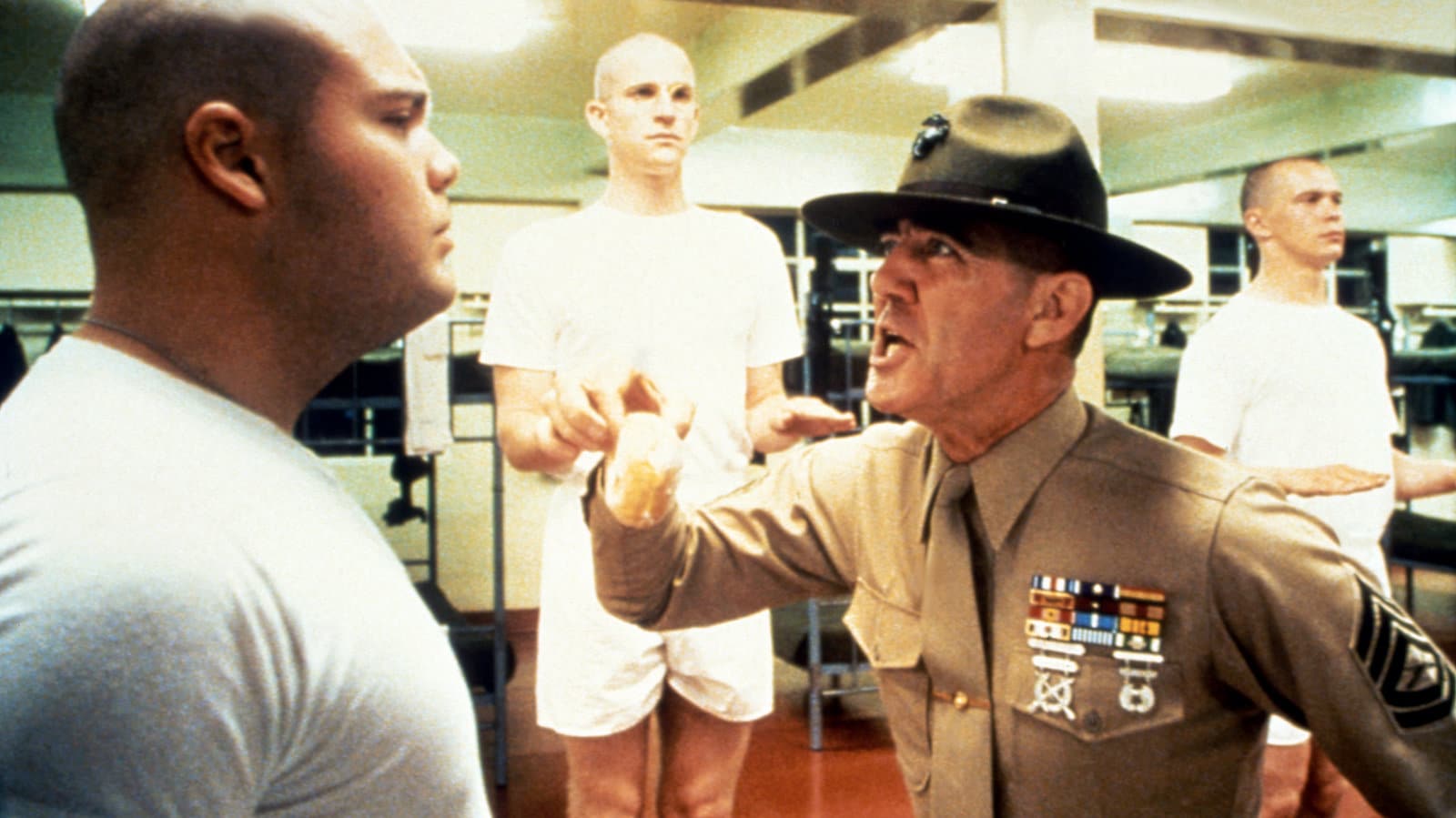
R. Lee Ermey’s ability to frighten his co-stars into submission was a trait that came naturally to him after so many years of military experience, and Kubrick wanted to preserve that. To this end, none of the other actors were allowed to meet Ermey before shooting began, to maintain the sense that he was not one of them.
Even once the other actors had seen Ermey in action, Ermey was banned from talking to them between takes unless he remained in character. Ermey never hung out with his co-stars during shooting and didn’t even really get to know them while working on the film, all so Kubrick could keep the other actors scared of him.
9. Vincent D’Onofrio based Pyle on Phantom of the Opera actor Lon Chaney
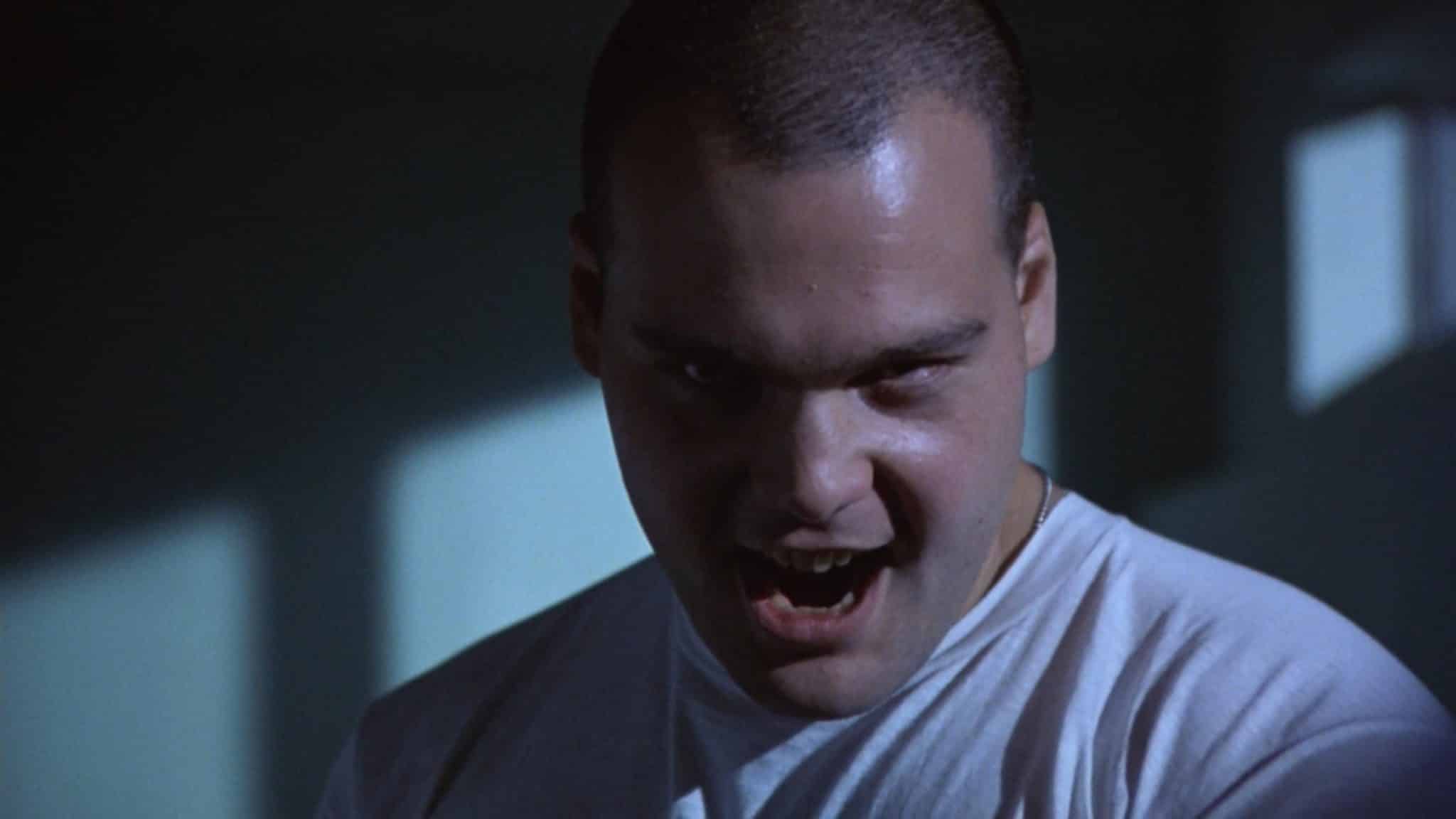
None of the characters in Full Metal Jacket are granted what we might call a happy ending, but Pyle’s character arc might be the most tragic in the film. The pressures of boot camp and the bullying of his peers and Sgt. Hartman leads Pyle to slowly lose his grip on reality. Actor Vincent D’Onofrio had to communicate his character’s declining mental state mostly through facial expressions rather than dialogue.
D’Onofrio took inspiration for his performance from the famous silent film actor Lon Chaney, who also played many terrifying but ultimately sympathetic characters, such as the Phantom of the Opera and The Hunchback of Notre Dame.
8. Sgt. Hartman was originally supposed to be far more violent
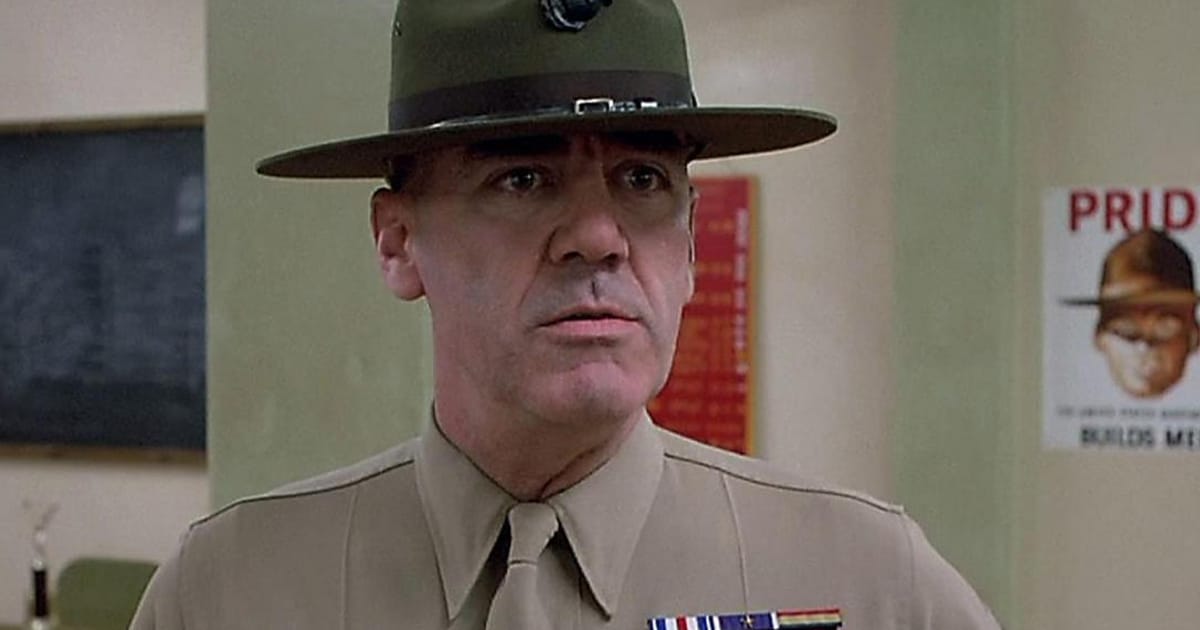
Throughout the first half of Full Metal Jacket, Sergeant Hartman shows himself to be a brutal disciplinarian, repeatedly resorting to cruel insults and jeers, and forcing collective punishment on the whole of boot camp in order to encourage the hazing of one struggling recruit. It may surprise you, then, that R. Lee Ermey actually toned the character down from what was originally in the script.
In the book that Full Metal Jacket was based on – and in the original screenplay – Hartman was constantly pushing and hitting the boot camp recruits. Ermey refused to go along with this, statingthat in his experience no drill sergeant would ever choke or punch a recruit out in the open.
7. Ads for the film were censored in Canada
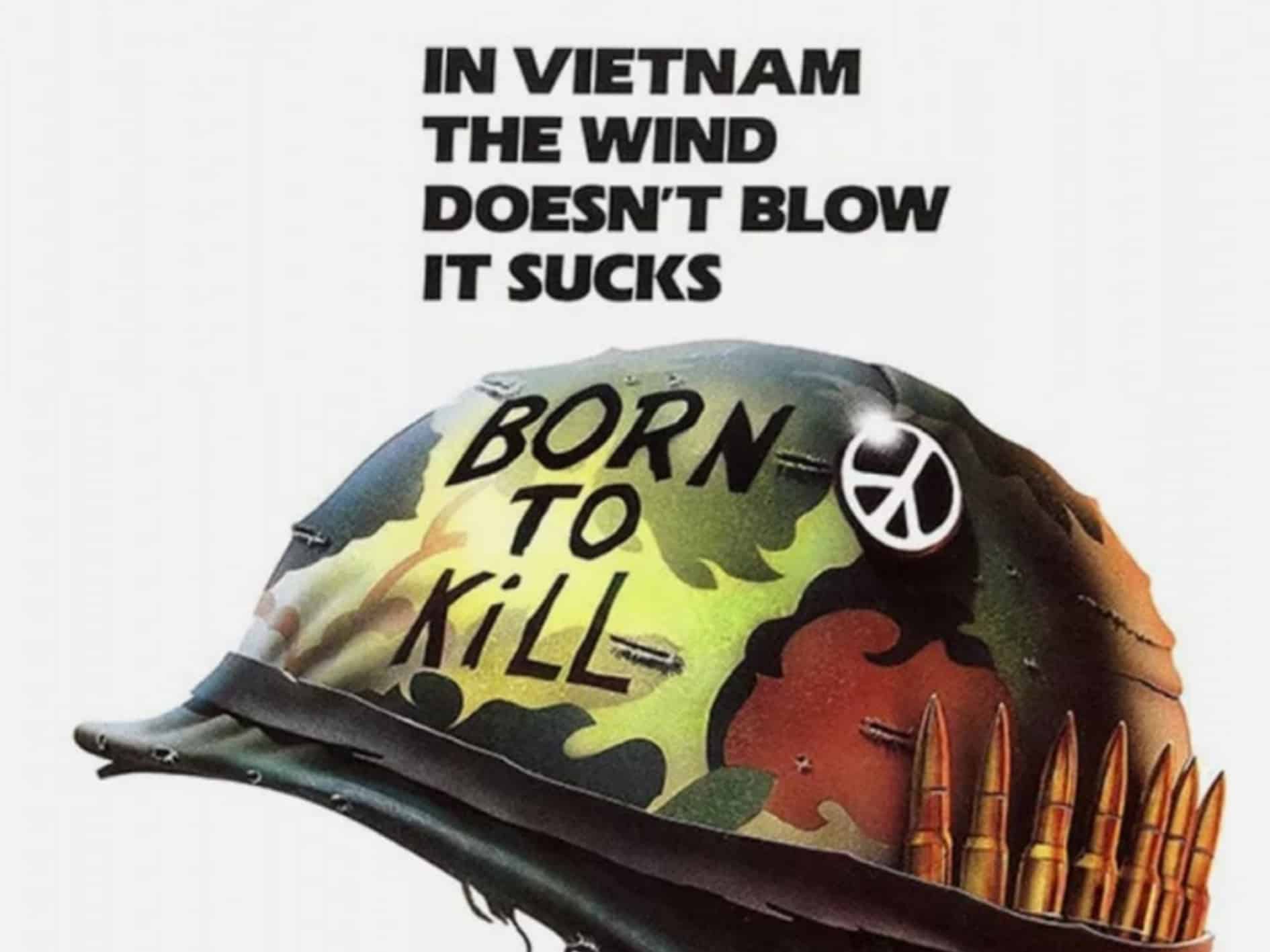
It’s not surprising that a movie as brutal and coarse as Full Metal Jacket was restricted to adult audiences. However, it’s unusual for a movie’s trailer or even poster to be censored, which is exactly what happened to Full Metal Jacket in Canada. The trailer for Full Metal Jacket, which featured the tagline “In Vietnam the wind doesn’t blow, it sucks”, was banned from airing on Canadian television.
Many were confused about the reason why, since the trailer didn’t feature any obscene violence or imagery that couldn’t be shown on TV during the day. However, Canadian censors reportedly had an issue with the word ‘sucks,’ which they thought could be considered vulgar.
6. Val Kilmer challenged Matthew Modine to a fight over the film
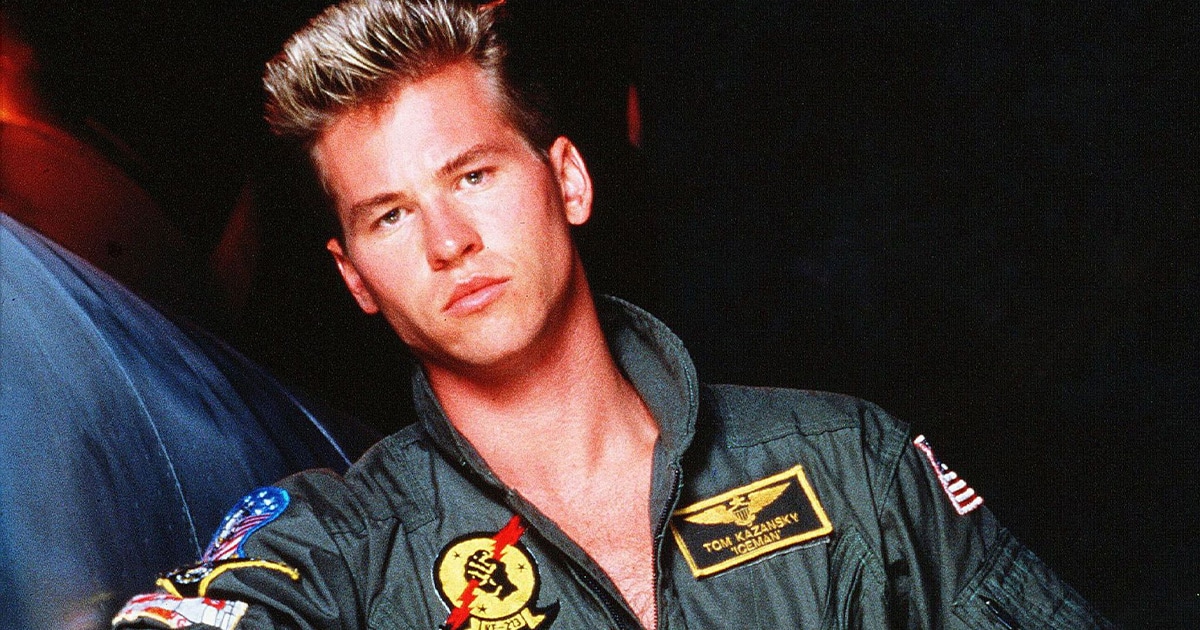
Before Matthew Modine landed the part, Val Kilmer also auditioned for the role of Joker, but he never heard anything back from the casting director. Kilmer, who would later became notorious for his temper tantrums, was furious and later challenged actor Matthew Modine to a fight in a restaurant, believing Modine had stolen his part.
Bizarrely, at the time Modine hadn’t auditioned for Full Metal Jacket; in fact, he hadn’t even heard of it yet. Kilmer’s confrontation was his first knowledge of the production, and it led him to seek out an audition for the role of Joker, which he ultimately won.
5. A scene of the Marines playing football with a human head was cut

Though we spend a lot of time with the new recruits in boot camp at the beginning of the movie, we don’t see a lot of the soldiers’ downtime in the second half of Full Metal Jacket. Kubrick originally included a scene to let us know more about what the soldiers would likely be doing when not actively fighting in Vietnam – but it wasn’t the upbeat camaraderie you might hope for.
Originally, Kubrick had planned to include a scene of some Marines happily playing football together against a barren backdrop. The camera would then pan down, revealing that the Marines were actually playing football with a severed human head. This grisly imagery was eventually disregarded as gratuitous, even though it wasn’t so exaggerated as to become unrealistic.
4. Arnold Schwarzenegger turned down a role in the film to star in The Running Man
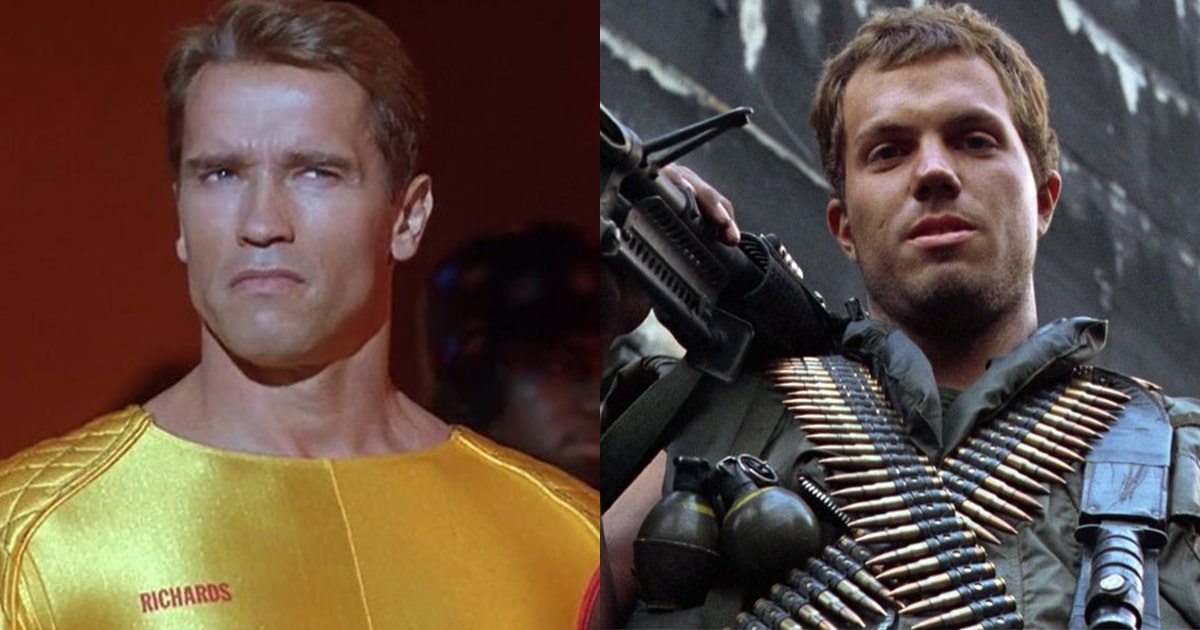
When you think about crushingly dark war dramas directed by Stanley Kubrick, you probably don’t think about Arnold Schwarzenegger. However, the bodybuilder-turned-action star was initially interested in appearing in Full Metal Jacket, and was even offered the part of Animal Mother after auditioning for the film.
In the end, Schwarzenegger declined to appear in Full Metal Jacket, as it clashed with his shooting schedule for The Running Man, and the role of Animal Mother was instead taken by Adam Baldwin.
3. Ermey deliberately tried to catch the actors off-guard in his first scene

In the opening scene of Full Metal Jacket, Sergeant Hartman walks down the line of new recruits at boot camp, belittling each one. However, after bullying both Joker and Cowboy, Hartman skips over another solider before going on to harass Pyle. This skip has led many fans over the years to assume that there was a blocking error, and that Pyle should have been standing next to Cowboy all along.
However, the scene actually features no mistakes, and it was Ermey’s decision to skip over some recruits in order to get others quicker. Ermey’s reasoning was that drill sergeants would often skip over recruits, in order to catch the others off guard, and he wanted to have the same effect on the actors.
2. Over 3,000 actors sent in audition tapes for the film

Despite conditions famously being terrible on the set of Full Metal Jacket, and Stanley Kubrick being a notoriously difficult director to work with, actors auditioned for Full Metal Jacket in droves. Advertisements were placed in a number of prominent newspapers, encouraging aspiring and young actors to mail in an audition for the film.
All told, over 3,000 taped auditions arrived for the casting director and team to go through, far more than they expected. Kubrick even personally watched over 800 of those himself, and made executive decisions based on whose performances impressed him the most. Many of the people who auditioned were used as extras, but a select few were brought into the principal cast.
1. Pyle disobeying Hartman’s orders was actually a mistake
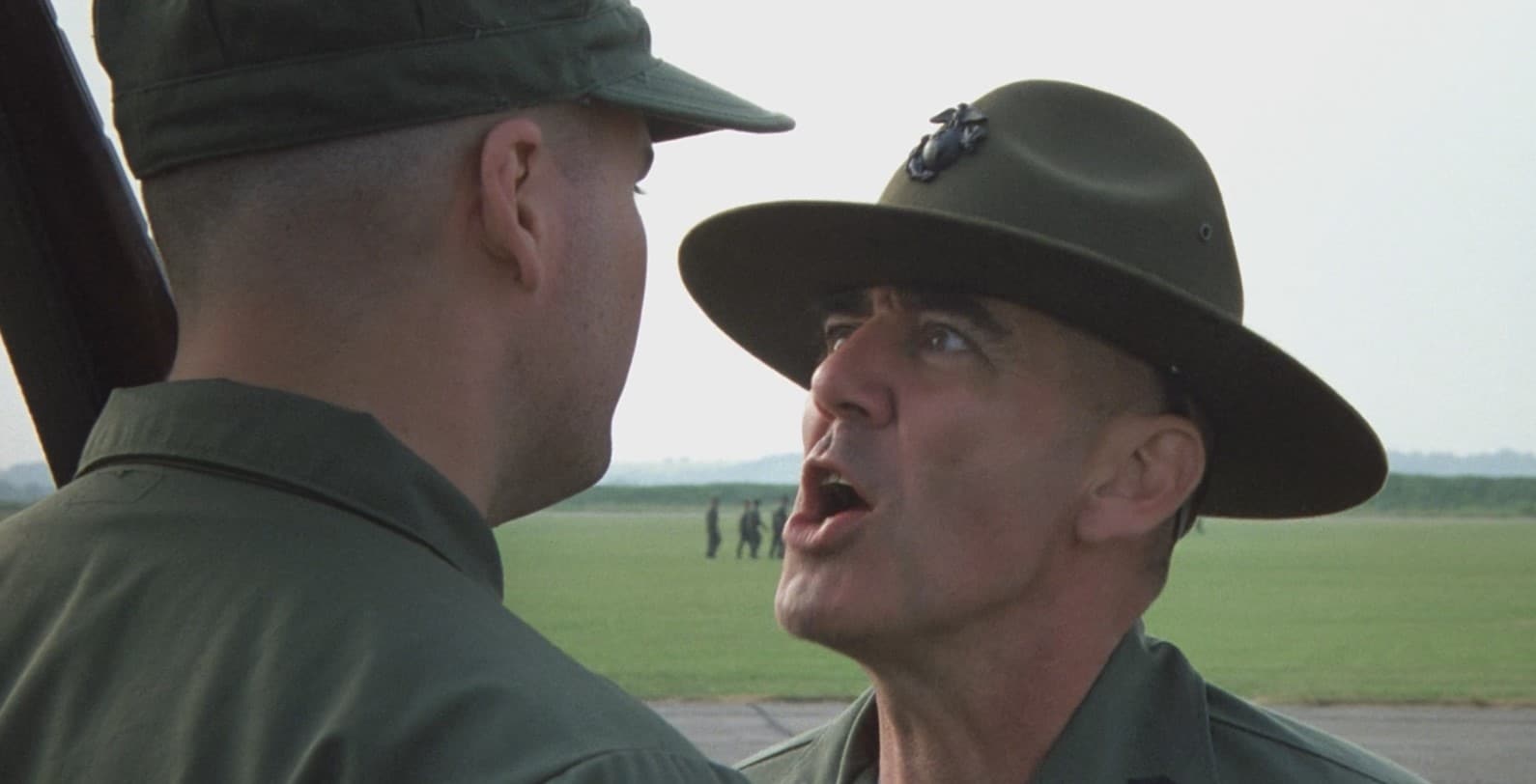
Hartman’s initial tirade may not have actually included the blocking error that some assumed, but that doesn’t mean that the film was free of mistakes. Despite Kubrick’s meticulous directorial style, one error did slip through. In one scene, Pyle appears to directly ignore Hartman’s orders, staying frozen when Hartman instructs him to pick up his hat.
Hartman had knocked off Pyle’s hat just before this, and so it seems as though Pyle is attempting to resist Hartman out of spite. In reality though, Ermey had not meant to knock off Pyle’s hat, and had asked him to pick it up while improvising, purely out of habit.

